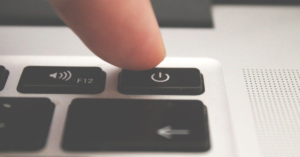Laptops have become so integral to our everyday life. For work, studies, or entertainment, these machines are portable and convenient beyond anything else. From remote meetings to marathon sessions of our favorite TV shows, they make it all possible.
But let’s get real—laptops aren’t ideal. Although they possess so many benefits, they have some shortcomings too that cannot be overlooked.
Why We Rely on Laptops
Work from Anywhere – Whether at a coffee shop, in bed, or on the go, a laptop keeps you productive.
Power-Packed Performance – Modern laptops handle gaming, video editing, and more with ease.
Easy Communication – Zoom calls, online classes, and team collaborations are just a click away.
Endless Entertainment – Stream movies, play games, and explore creative hobbies anytime.
The Downsides of Laptops
Health Concerns – Prolonged use can lead to eye strain, back pain, and poor posture.
Limited Upgrades – Unlike desktops, upgrading RAM, storage, or graphics is often difficult.
Less Power than Desktops – High-end gaming and 3D rendering still run better on desktops.
Battery Issues – Heating, frequent charging, and battery wear can be frustrating.
As technology evolves, laptops are getting faster, lighter, and more powerful. But are they flawless? Not quite.
Disadvantages of Using Laptop
1. Physical Health Issues

Eye Strain and Headaches
Staring at a laptop screen for hours can really take a toll on your eyes. The blue light makes them work harder, leading to discomfort. Ever had headaches, blurry vision, dry eyes, or trouble focusing after a long session? That’s digital eye strain kicking in. Over time, it can leave your eyes feeling exhausted, making it harder to concentrate and get things done.
Neck and Back Pain from Bad Posture
Laptops often make people hunch over because the screen and keyboard are stuck together. This can strain your neck, shoulders, and back, causing pain and discomfort. Over time, bad posture can lead to serious back problems. Using a laptop stand, an external keyboard, and sitting properly can help prevent these issues.
2. Less Power Compared to Desktops
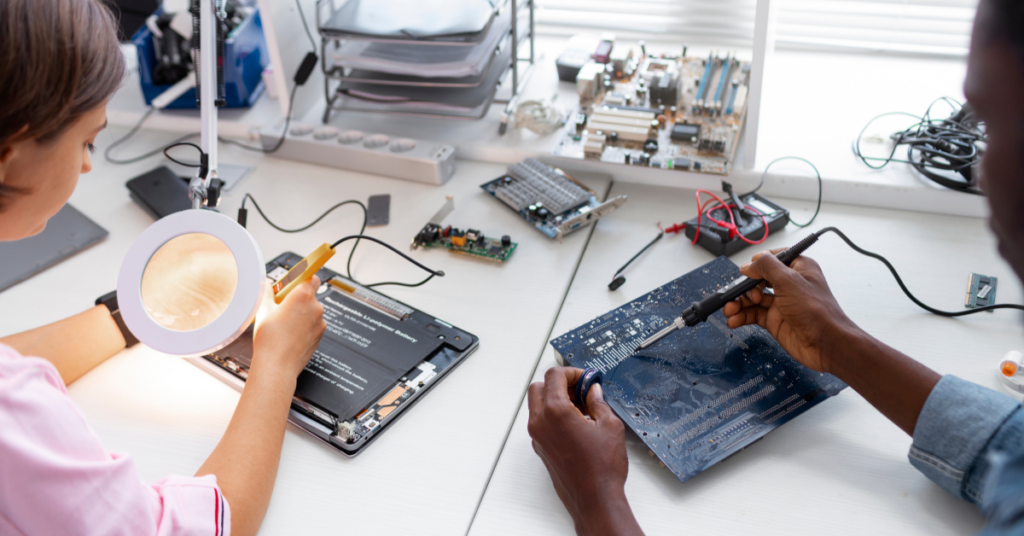
Not as Fast and Powerful
Laptops are small and easy to carry, but that also means they’re not as powerful as desktops. Their tiny processors and limited cooling make it harder to handle big tasks like gaming, video editing, or 3D design. Even the best laptops can’t quite match the power of a strong desktop.
Slow When Multitasking
Laptops can slow down when running too many programs at once. You might notice lag, freezing, or even crashes, especially with heavy software. Desktops, however, are built for better performance and can handle multitasking more smoothly because of their stronger hardware and better cooling.
3. Limited Upgrade Options
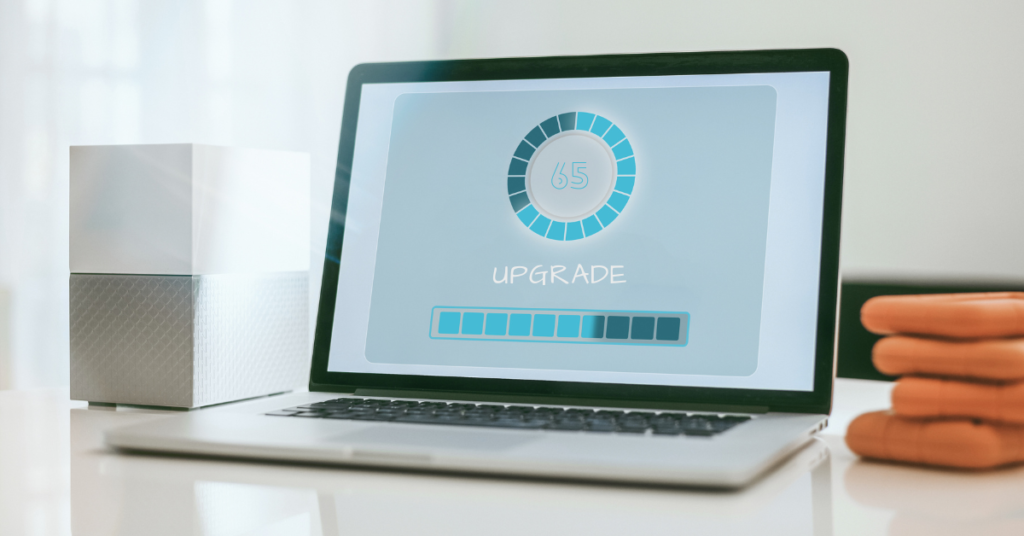
Hard to Improve Performance
Unlike desktops, which allow easy hardware modifications, laptops have limited upgrade options. Many models come with soldered RAM, preventing users from increasing memory capacity. Storage upgrades can also be difficult, as some laptops only support a single hard drive or SSD, restricting expansion possibilities.
Limited Customization
Laptops are often pre-configured with non-replaceable components such as graphics cards and processors. This means users cannot swap out these parts for better performance, limiting the device’s ability to adapt to changing needs. If customization and long-term upgradeability are priorities, a desktop might be a better choice.
4. Not Great for Gaming

Weaker Graphics
Most laptops have basic graphics cards that aren’t great for high-end gaming. This can lead to choppy gameplay, lower picture quality, and a less exciting experience. Desktops, on the other hand, can have powerful graphics cards that make games look and run much better.
No Graphics Card Upgrades
Unlike desktops, where you can upgrade the graphics card, most laptops have theirs permanently attached. This means you can’t replace it for a better one. Some people use external GPUs, but they’re expensive and still not as powerful as a desktop.
5. Performance Limitations
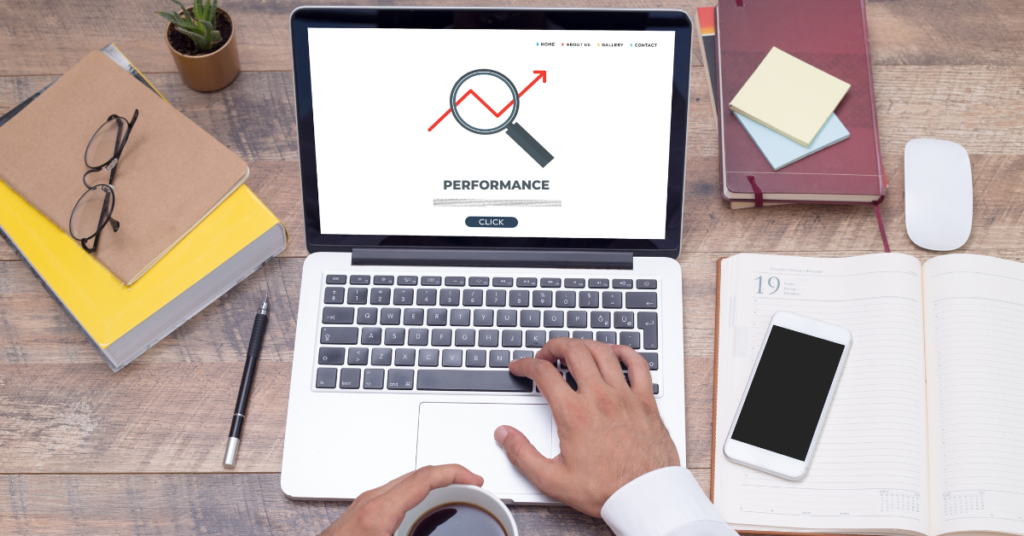
Not as Fast as Desktops
Laptops can heat up pretty quickly because they’re small and don’t have the strongest cooling systems. When this happens, they often slow themselves down to avoid overheating. This means tasks like video editing, gaming, or using heavy software might take longer on a laptop compared to a desktop.
Hard to Upgrade
When it comes to upgrading, laptops don’t make it easy. Things like the processor or cooling system are usually not replaceable. On a desktop, you can swap out parts as needed, but with a laptop, you’re stuck with what you’ve got. This makes laptops less future-proof if you need something that can keep up with heavy-duty tasks for years to come.
6. Lack of Port Options
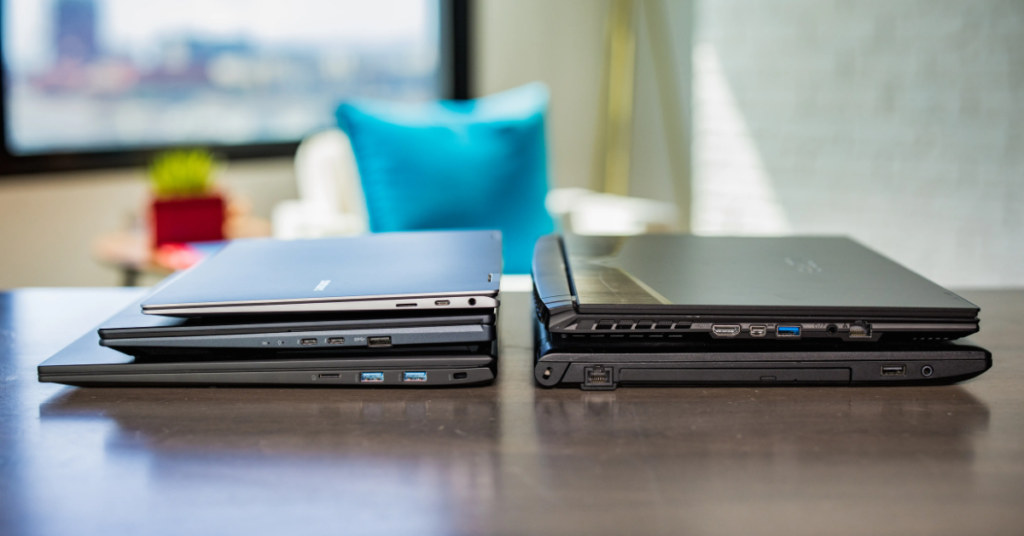
Limited Ports for Devices
Laptops often don’t have enough ports for all the things you might want to connect, like USB drives, monitors, printers, or external storage. Because they’re small, laptops usually come with fewer USB ports, limited options for connecting displays like HDMI or DisplayPort, and sometimes don’t have older ports like VGA or Ethernet. This can make it tricky to plug in multiple devices at the same time, forcing you to swap connections constantly or find another solution.
Need Extra Adapters
To make up for the lack of ports, you might need to buy adapters or extra gadgets. For example, if your laptop only has USB-C ports but no Ethernet connection, you’d need a USB-to-Ethernet adapter to get online. These extras can increase costs and create more clutter, making it less convenient to use your laptop for different tasks.
Conclusion
Laptops have become a part of our everyday lives, offering the convenience to work, learn, and stay connected from anywhere. However, it’s important to recognize that they come with a few downsides. Long hours of use can lead to health issues like eye strain and back pain, and their limited processing power and upgrade options can be a challenge for those needing more from their device. Despite these drawbacks, laptops remain a go-to tool for their portability and versatility, helping us get things done, stay in touch, and even unwind. Understanding both the pros and cons can help you choose the right laptop that fits your lifestyle.
Explore Electro Gadget Plus.
FAQ’s
What is the negative impact of a laptop?
The negative impacts of a laptop can include:
Health Issue
Performance Limitations
Limited Upgradeability
Overheating
Port Limitations
What are the 10 disadvantages of a laptop?
Here are ten disadvantages of laptops:
Limited upgradeability of components.
Shorter lifespan compared to desktops.
Overheating issues due to compact design.
Fragility and susceptibility to damage.
Higher repair costs for certain components.
Reduced processing power and graphics capabilities.
Poor ergonomics and posture-related issues.
Limited battery life and degradation over time.
Smaller screen size and less immersive experience.
Higher costs for certain upgrades and accessories.
What are the disadvantages of using a laptop over a desktop computer?
Disadvantages of using a laptop over a desktop include:
Lower Performance: Laptops often have less powerful processors and graphics cards compared to desktops.
Limited Upgrade Options: Desktops allow for easier and more extensive hardware upgrades.
Overheating: Laptops are more prone to overheating due to less effective cooling systems.
Poor Ergonomics: Extended use can lead to posture problems and discomfort.
Can laptops be a security risk?
Yes, laptops can be a security risk if not properly managed. They are more susceptible to:
Physical Theft: Due to their portability, laptops can be stolen easily.
Data Breaches: If sensitive information is not encrypted or secured, it can be accessed by unauthorized parties.
Malware and Viruses: Laptops can be infected with malware or viruses if proper security measures are not in place.
Unsecured Networks: Using public Wi-Fi without proper protection can expose data to potential attacks.
Why is battery life a common issue with laptops?
Battery life is a common issue with laptops due to:
Battery Degradation: Over time, laptop batteries lose their capacity to hold a charge.
Power Consumption: High-performance tasks, such as gaming or video editing, consume more power, reducing battery life.
Energy Efficiency: Laptops are designed for portability, which can limit the size and efficiency of the battery compared to desktops.
Are laptops more expensive than desktops?
In general, laptops can be more expensive than desktops with comparable performance. The higher cost is due to the compact design, integrated components, and advanced manufacturing processes required to make laptops portable. Additionally, upgrading components in laptops can be more costly due to the specialized parts and limited options available.




